ALI - Assistant Base Leader, Dive Instructor
CamouflageOur Maldivian reefs are home to many masters of camouflage. The leaf fish, frogfish and other small mimetic animals are among the expertly concealed creatures just waiting to be discovered by divers who take the time to find them.
The majority of these animals are small and fragile but hold their own against predators by using camouflage to hide in plain sight, and by secreting poison. This is one of the reasons why divers are cautioned to avoid touching the reef, the other being that touching the reef, using tools like reef hooks or walking on the reef, with or without shoes, can damage the corals and their inhabitants. With correct underwater buoyancy control, divers can stay well away from the bottom, enjoying the beauty of the reef without damaging it.
Simple measures such as these help us preserve our underwater environment, and protect divers from injury, all the while allowing us the opportunity to experience the reefs and their inhabitants, both those that put on a show and those that hide in the background.
Divers at Baros house reef are often surprised by these hidden treasures. Finding these “kings of camouflage” is the opportunity of a lifetime for photographers and avid searchers. On your next dive with us make sure you go nice and slow so as not to miss any of these tucked-away gems.

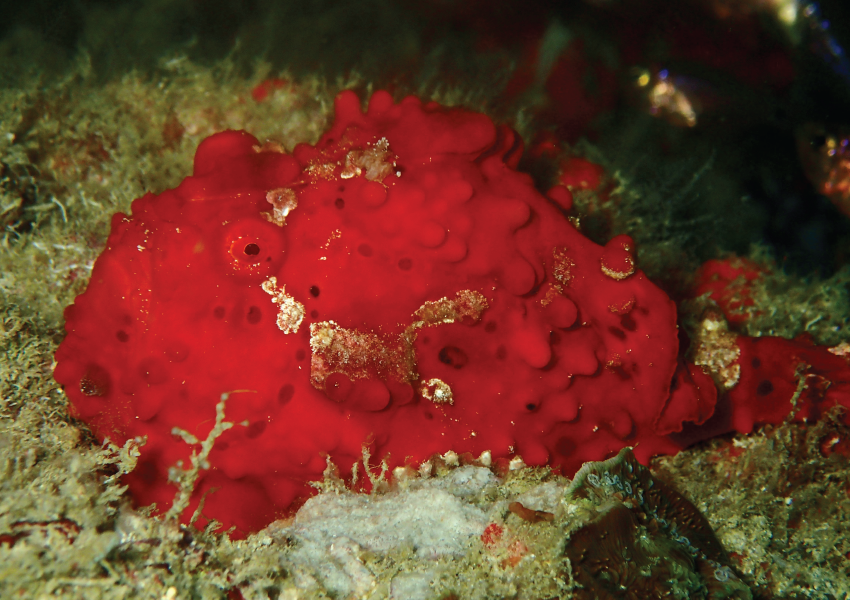
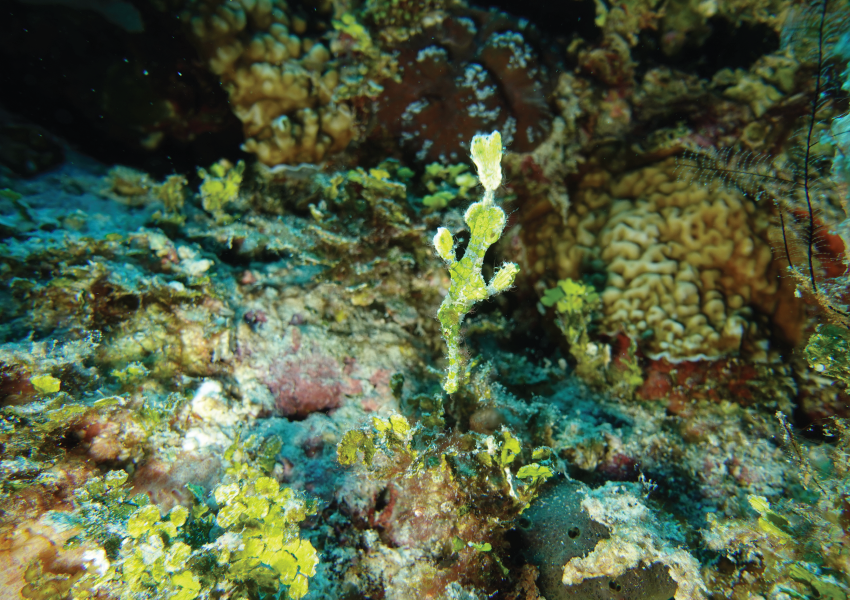
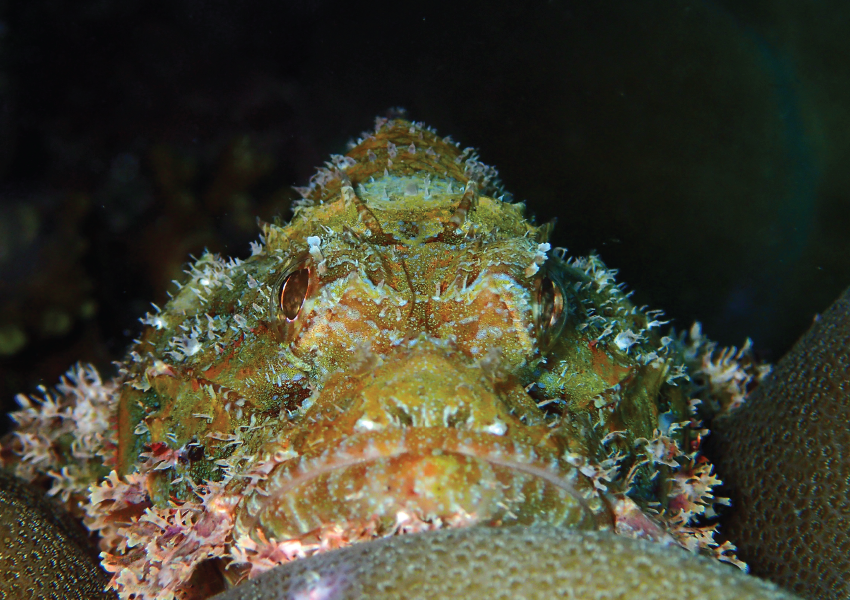

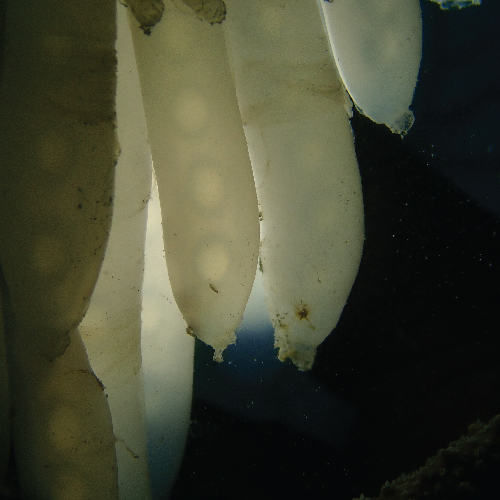
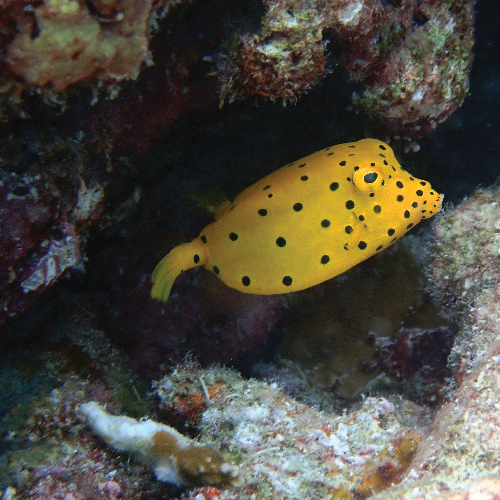
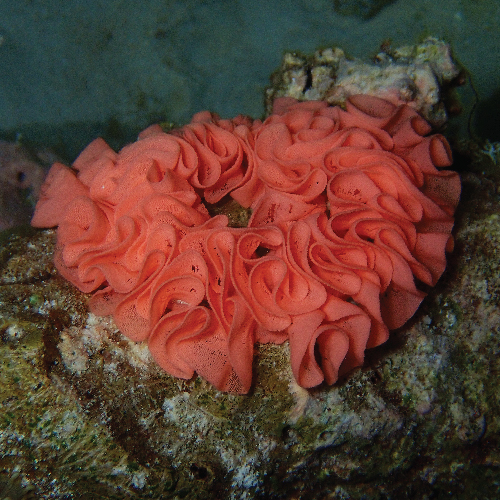

Teeming with Life
Our house reef is a breeding ground for many reef creatures. A sign that our concentrated efforts have helped nurture an environment in which biodiversity thrives.
Seasonally, nudibranchs lay eggs in between corals in a beautiful ribbon-like chain; the coral garden in the blue lagoon often hosts clusters of squid eggs hanging from coral lines like banana bunches, and damselfish appear busily protecting their future generations from harm.
Our house reef is also a breeding ground for harmless blacktip sharks and young nurse sharks, who find shelter under the coral blocks, giving divers and snorkellers the opportunity to spot them easily.
When animals take advantage of the pristine conditions of our house reef to reproduce, it implies that the biodiversity of our reef is rich and encourages us that our efforts towards protecting it are reaping rewards.
 English
English РУССКИЙ
РУССКИЙ DEUTSCH
DEUTSCH 简体中文
简体中文 Spanish
Spanish